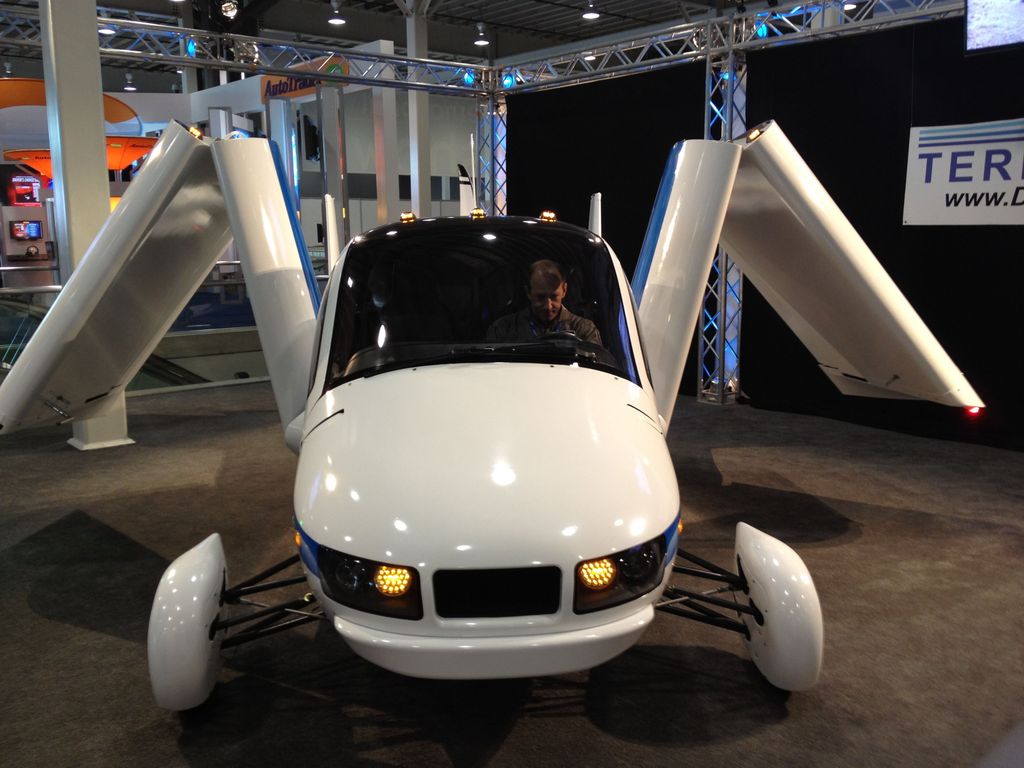
For decades, the concept of a personal flying car has captivated imaginations, a staple of futuristic visions from popular culture to cutting-edge scientific discourse. The dream of effortlessly bypassing terrestrial congestion, ascending into the open sky at will, has long felt like a distant fantasy. Yet, with relentless innovation and a steadfast commitment to pioneering engineering, this ambitious vision is now tangible, embodied by the groundbreaking Samson Switchblade.
This isn’t just another concept drawing or a theoretical breakthrough; the Samson Switchblade is a fully functional, street-legal vehicle capable of transforming into a high-performance aircraft in mere minutes. It represents a paradigm shift in personal mobility, promising to drastically reduce travel times and offer an unprecedented level of freedom. Imagine turning a grueling ten-hour road trip into a swift three-and-a-half-hour journey, door-to-door, transcending the limitations of traditional transportation.
As we stand on the cusp of this new era, let us embark on an in-depth exploration of the Samson Switchblade. We will delve into the brilliant minds behind its creation, unravel the intricacies of its innovative design, dissect its remarkable performance capabilities, and appreciate the meticulous attention paid to safety.
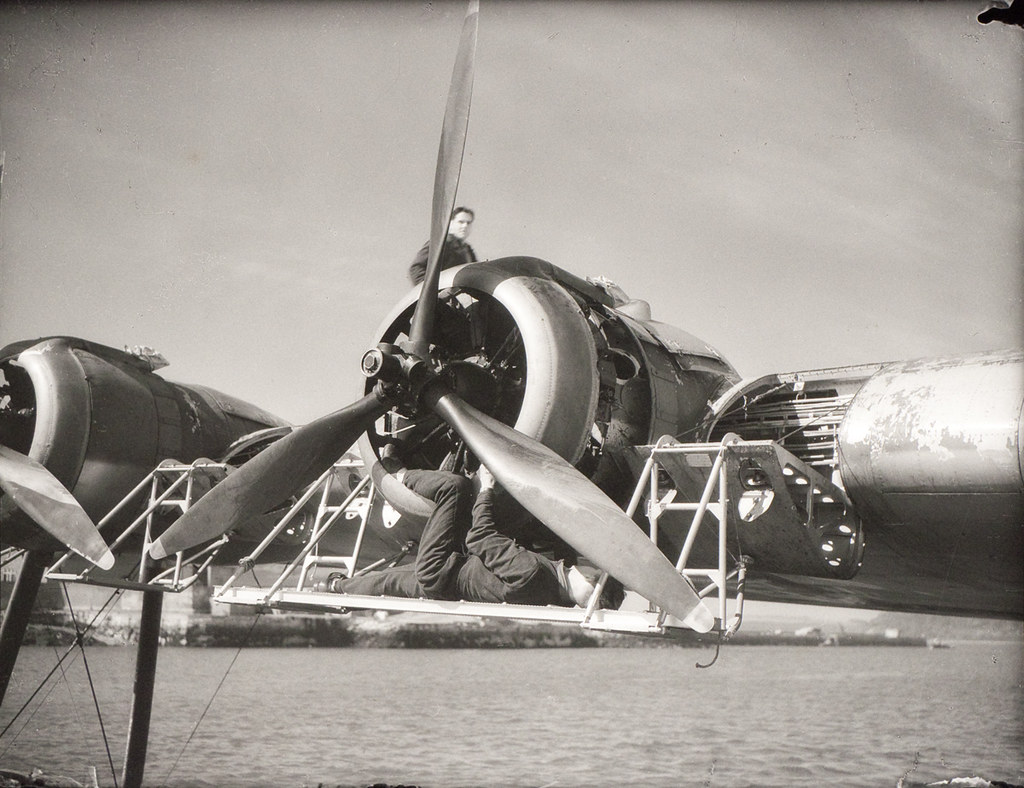
1. **The Vision Behind the Switchblade**: Every truly transformative innovation begins with a compelling vision, and for the Samson Switchblade, that vision belongs to Sam Bousfield. Before dedicating himself to revolutionizing personal aviation, Bousfield spent over 25 years as an architect, a career that undoubtedly honed his skills in design, structure, and complex problem-solving. Beyond his professional career, he has always harbored a deep passion for outdoor activities and possesses an innate curiosity, which drives him to constantly experiment and invent, resulting in numerous patented works.
Bousfield’s aviation journey began with a bold personal project: designing a propeller-driven aircraft capable of breaking the sound barrier—a feat that even NASA had not yet achieved at the time. To tackle this monumental challenge, he assembled a team of engineers, including members from Boeing, dedicating their spare time and resources to pursue this ambitious goal. Between 2000 and 2003, this dedicated team successfully built a propeller-driven aircraft featuring Bousfield’s proprietary fuselage design, which garnered significant attention from authoritative institutions such as the American Institute of Aeronautics and Astronautics (AIAA) and the Swedish government. This design also caught the attention of legendary American pilot and explorer Steve Fossett, who reportedly planned to incorporate Bousfield’s design into his next great adventure before his tragic death in 2007.
Despite this setback, Bousfield remained convinced that safe air travel is key to future transportation, while recognizing that ground transportation remains indispensable. This dual belief prompted him to shift his focus, channeling his innovative spirit into a mode of transportation that seamlessly combines the best features of both worlds. Thus, the Switchblade concept was born—a vehicle that can be registered as a car with the local Department of Motor Vehicles (DMV) and as an aircraft with the Federal Aviation Administration (FAA), offering a clever solution to a complex problem.
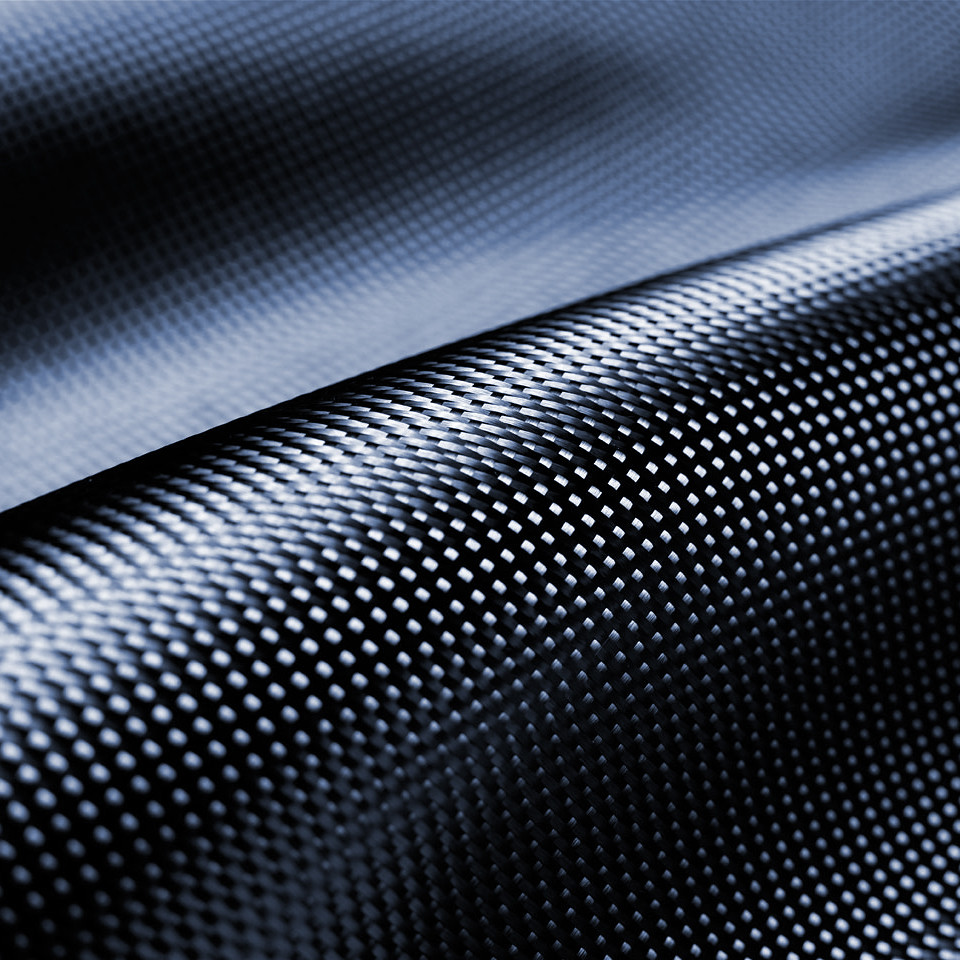
2. **Design and Engineering Marvel**: The Samson Switchblade is a paragon of exquisite design, seamlessly blending automotive aesthetics with the essence of aerospace engineering. Its designers have meticulously crafted a compact, streamlined body that efficiently handles ground transportation tasks while also excelling at aerial flight functions. In road mode, the Switchblade presents itself as a fully enclosed high-performance sports car, featuring a side-by-side seating layout that comfortably accommodates two occupants, while emphasizing safety and aerodynamic body design.
The core of its innovative structure lies in the strategic application of lightweight composite materials, including advanced carbon fiber-reinforced polymers. These materials are crucial for achieving the necessary weight reduction while ensuring structural integrity, enabling the Switchblade to maneuver flexibly in the air and remain robust on the ground. Samson Sky has pushed boundaries further by incorporating thermoplastic carbon fiber in its manufacturing process—a material previously reserved for aviation giants like Boeing and Airbus. This choice not only enhances durability and safety but also reflects an eco-friendly philosophy, as the production process is non-toxic and the materials themselves are fully recyclable. The design team has meticulously refined aerodynamic efficiency, focusing on reducing drag in both driving and flying modes to optimize performance.
Despite its dual functionality and advanced engineering, the Switchblade maintains an extremely compact size. By cleverly folding the wings and tail, the vehicle’s width is just 6 feet, allowing it to fit seamlessly into a standard garage. This thoughtful design significantly enhances its practicality, making it a viable and convenient option for daily use. The seamless integration of these design principles underscores Samson Sky’s commitment to creating a vehicle that is not only functionally revolutionary but also practical and easy for future owners to use.

3. **Seamless Transformation Technology**: Perhaps the most fascinating feature of the Samson Switchblade is its remarkable transformation capability—it can instantly transform from a sleek sports car into a high-performance aircraft with astonishing speed and precision. This is not a cumbersome process requiring manual operation, but a fully automated marvel that completes the entire transformation process in just three minutes with the press of a button. This rapid transformation is crucial to the vehicle’s promise of seamless, on-demand mobility, enabling users to swiftly adapt to evolving travel needs and environments.
At the heart of this transformation are the retractable wings and tail structure, designed with both ingenuity and efficiency in mind. In road mode, the wings are neatly stowed beneath the vehicle’s body, maintaining its compact, road-legal silhouette. When flight is required, the wings elegantly unfold from their storage position and securely lock into place, their deployment resembling the opening of a spring-loaded knife—a clever nod to the vehicle’s poetic name. Simultaneously, the tail truss extends backward from a hidden compartment behind the large propeller, unfolding into a spacious T-shaped structure to provide the necessary stability for flight.
The entire deployment and retraction process relies on advanced mechatronic systems to ensure smooth and reliable operation. This integrated engineering design eliminates the need for manual assembly by operators, simplifying the conversion process and enhancing user convenience. The spectacular scene of the Switchblade deploying its wings and tail is not only a functional necessity but also a showcase of advanced mechatronic technology and a visual testament to the vehicle’s revolutionary capabilities, truly achieving seamless integration between land and air travel.

4. **Ground Performance: A Sports Car on the Road**: While its aerial performance often steals the spotlight, the Samson Switchblade is first and foremost a powerful vehicle on the ground, designed to combine the agility and responsiveness of a sports car. As a three-wheeled motorcycle-class vehicle, it seamlessly combines the passion of a high-performance machine with the practicality of legal road use. This classification also influences its registration process, allowing it to be registered as a custom motorcycle or kit car in many regions, thereby enabling more enthusiasts to own one.
On the road, the Switchblade achieves an impressive top speed of over 125 mph (201 km/h). The driving experience is meticulously designed to embody the characteristics of a high-performance sports car, featuring precise handling and a low center of gravity. These features ensure a stable and exhilarating driving experience, allowing owners to enjoy the thrill of the road as much as they would in the air. The vehicle uses a traditional automotive control system, equipped with a familiar steering wheel and pedals, making it easy for drivers accustomed to traditional cars to adapt.
Samson Sky anticipates that many customers will use the vehicle for both driving and flying, with some users potentially using it exclusively as a high-performance car. This flexibility highlights its dual-purpose design, ensuring the vehicle is not just a novelty in the sky but a truly practical and exciting road vehicle capable of handling highways and urban environments with ease.

5. **Aerial Prowess: Mastering the Skies**: After transforming and obtaining takeoff clearance, the Samson Switchblade truly lives up to its name as a “flying sports car,” showcasing remarkable aerial performance and promising an efficient and exhilarating flying experience. During flight, the aircraft is designed to achieve a standard cruise speed of approximately 160 mph (257 km/h), enabling rapid long-range travel. For users seeking maximum speed, the Switchblade can reach an estimated maximum airspeed of 200 mph (305 km/h) at 13,000 feet, competing on par with modern personal aircraft.
With a full tank of 36 gallons of premium unleaded gasoline, the Switchblade has a maximum range of approximately 450 miles (724 kilometers). This significant range enables point-to-point transportation, facilitating regional travel and avoiding the logistical hassles often associated with commercial air travel. At takeoff, the aircraft requires approximately 1,100 feet (335 meters) of runway length, making it suitable for operations from various small airports and private runways. At landing, the required runway length is just 700 feet (213 meters), further enhancing its flexibility.
Pilots will find the Switchblade’s flight control system intuitive and familiar, featuring standard aviation control sticks and rudder systems. The cockpit is equipped with an advanced dual-screen glass display system, providing critical flight and vehicle data, integrated navigation, and comprehensive situational awareness capabilities. This advanced instrument system ensures pilots have access to all necessary information at all times, enabling safe and confident operations. Its exceptional flight envelope and user-friendly control system are designed to deliver a truly enjoyable and efficient aerial experience.
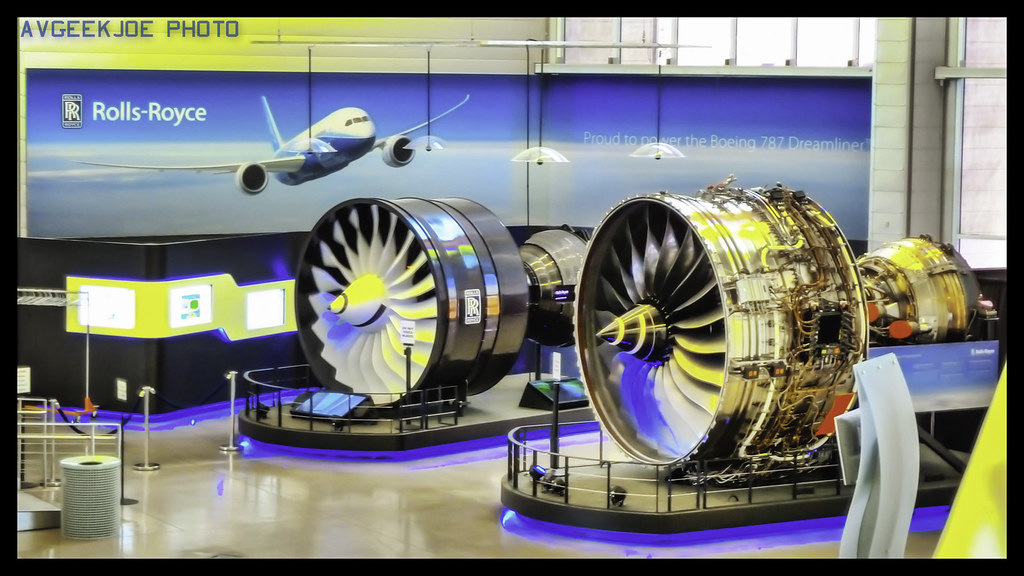
6. **Advanced Powerplant and Propulsion**The heart of the Samson Switchblade’s dual-mode performance lies in its innovative and proprietary powerplant: a turbocharged 3-cylinder liquid-cooled engine, developed in-house by Samson Sky. This advanced engine is engineered to deliver approximately 190 horsepower, a robust output that is efficiently managed to power both its ground and aerial operations. It represents a significant step forward in propulsion systems for hybrid vehicles, providing both power and flexibility.
Crucially, this engine drives the wheels during road operations and seamlessly transitions to powering a pusher propeller when the vehicle is in flight mode. This seamless switch is facilitated by a proprietary power management system, ensuring optimal performance regardless of the operating environment. The design allows for continuous power delivery and smooth transitions, eliminating any lag or disruption as the Switchblade shifts between its driving and flying roles. This intelligent power allocation system is a cornerstone of the vehicle’s versatility and efficiency, making the dream of a transforming vehicle a practical reality.
Further enhancing its propulsion and control capabilities is Samson Sky’s innovative Skybrid Technology. This hybrid driving system integrates features such as regenerative braking, which captures and reuses energy, alongside reverse thrusters for enhanced maneuverability and air brake assist. These combined elements contribute to easier takeoffs and landings, providing pilots with greater control and confidence. The integration of such advanced technologies underscores the Switchblade’s commitment to both high performance and operational ease, ensuring a sophisticated yet accessible flying experience.
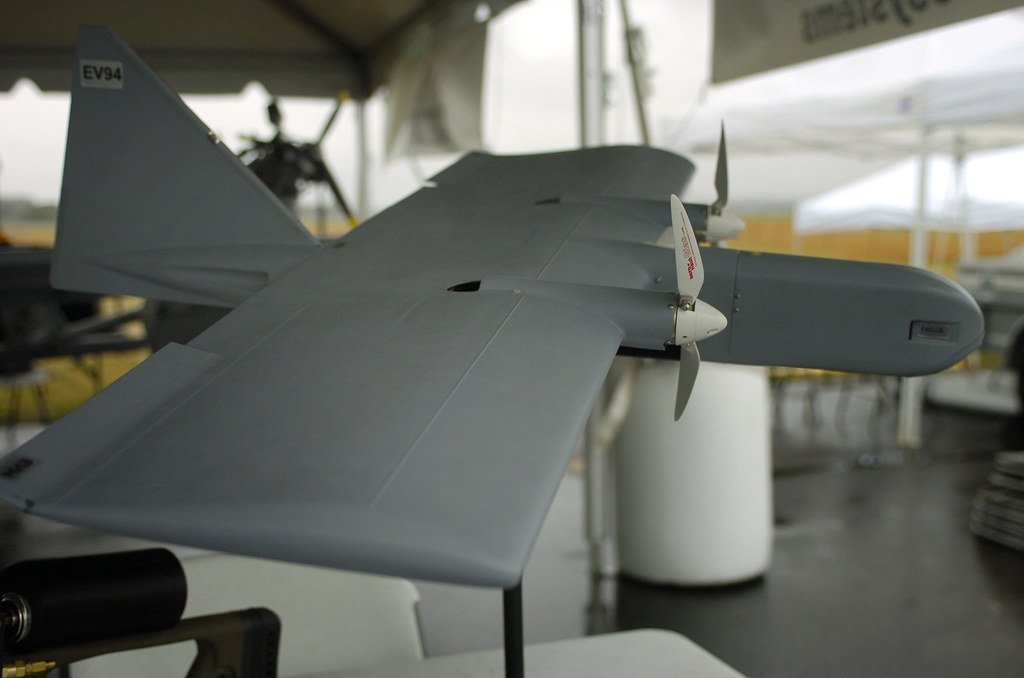
7. **Unwavering Commitment to Safety**Safety has been a paramount concern throughout the 14-year development journey of the Samson Switchblade, culminating in a vehicle that incorporates multiple layers of protection for its occupants. Recognizing the unique challenges of a dual-mode vehicle, Samson Sky has integrated an array of state-of-the-art safety features designed to mitigate risks in both driving and flying scenarios. This comprehensive approach ensures peace of mind for future owners, from the moment they accelerate on the road to when they ascend into the skies.
At the forefront of its protective measures is a full-vehicle parachute recovery system. This critical feature provides an ultimate layer of safety in the event of an in-flight emergency, designed to gently bring the entire vehicle and its occupants safely to the ground. Complementing this, the Switchblade boasts an energy-absorbing chassis and a reinforced cockpit structure, engineered to protect occupants in the event of a collision on the ground. These structural elements are inspired by high-performance safety standards, including a Formula 1-like safety shell, offering robust protection within the cabin.
Further enhancing safety and control, the Switchblade is equipped with efficient disc brakes for reliable stopping power on the ground. It also offers an optional autopilot system, reducing pilot workload and enhancing precision, particularly on longer flights. The proprietary Skybrid safety system contributes significantly with its regenerative braking and reverse thrust capabilities, which collectively act like a drag parachute on a wet runway, providing additional braking power and control during landings.
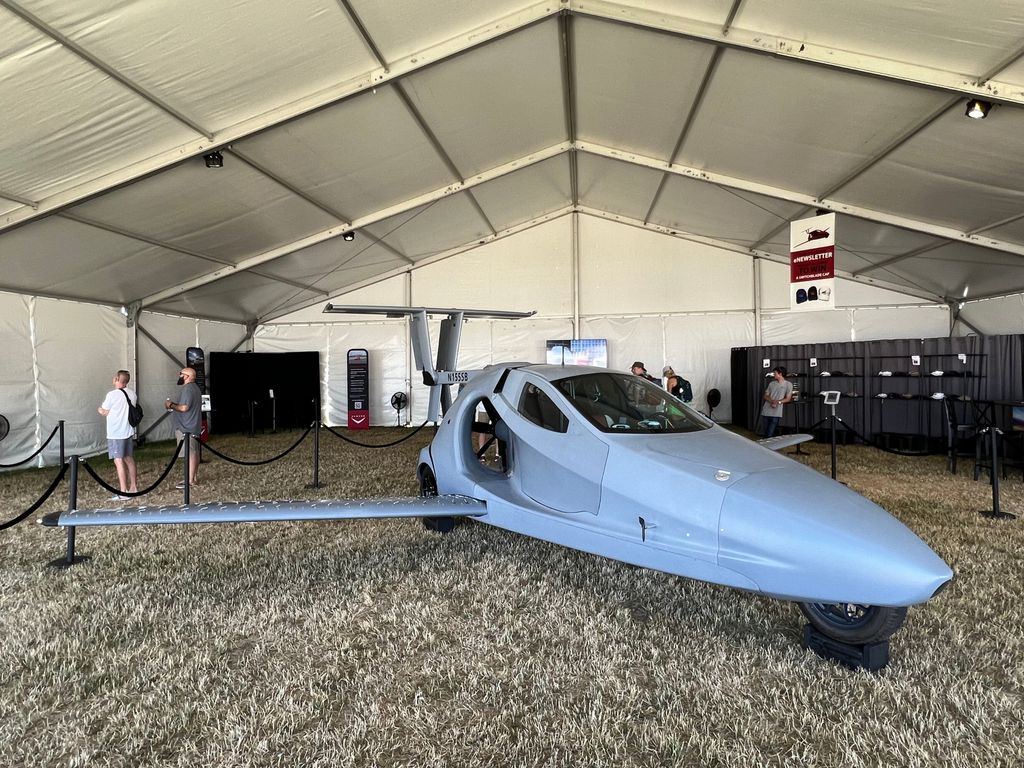
The journey of the Samson Switchblade, from visionary concept to a successfully flown prototype, marks a profound moment in the evolution of personal transportation. It’s a testament to unwavering dedication and innovative engineering, promising a future where the sky is no longer a distant frontier but an accessible pathway for everyday travel. As this extraordinary vehicle moves closer to production, it invites us all to imagine a world of unprecedented freedom and efficiency, turning long-held dreams of flying cars into the exciting reality of tomorrow.



